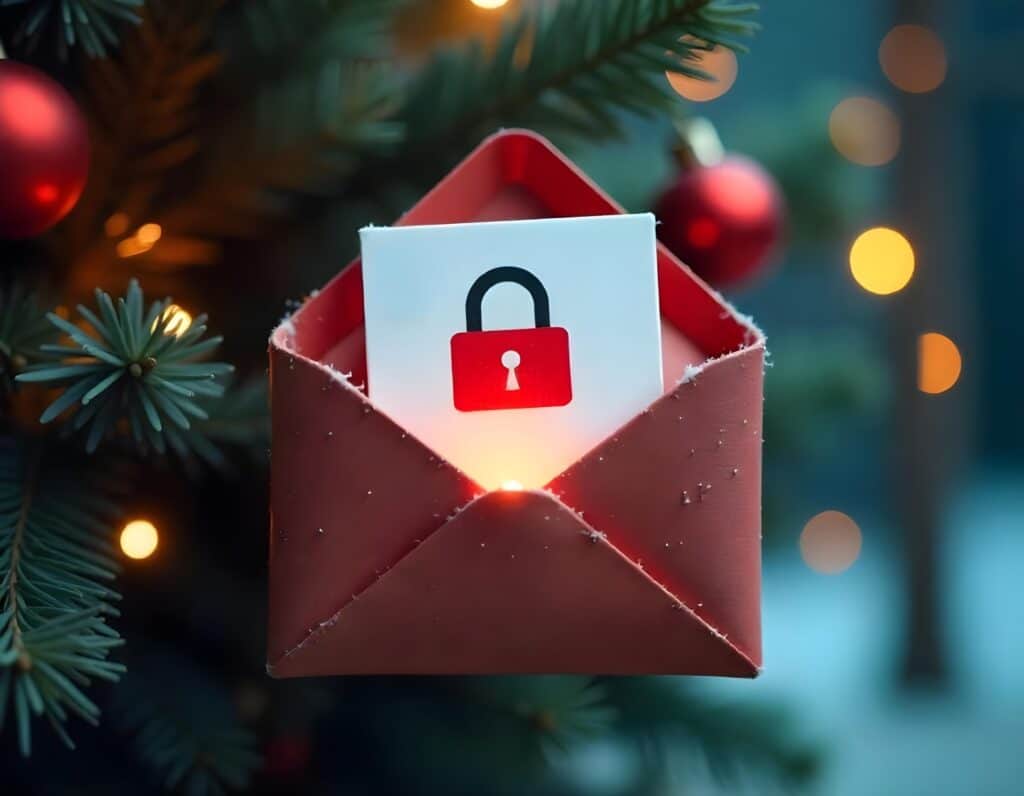The holiday season is a time for joy, celebration, and gift-giving. But while you deck the halls and shop for loved ones, cybercriminals are busy crafting sophisticated scams to exploit festive cheer. Among the most prevalent threats during the holidays are phishing scams, which target unsuspecting individuals through fake emails, text messages, and websites. These scams can lead to financial loss, identity theft, and other security breaches.
In this article, we’ll dive into the world of holiday phishing scams and arm you with the knowledge to stay safe.
What Are Phishing Scams?
Phishing is a cyberattack where criminals impersonate legitimate organizations or individuals to trick you into divulging sensitive information, such as passwords, credit card numbers, or Social Security details. During the holiday season, these scams often take the form of:
- Fake Retail Offers: Emails or ads promoting unbelievable discounts.
- Shipping Notifications: Messages claiming your package is delayed or needs further information.
- Gift Card Scams: Requests to purchase gift cards for charity or contests.
Cybercriminals understand that the holiday rush leads to more online shopping, making people more susceptible to scams.
Common Tactics in Holiday Phishing Scams
- Fake Promotions and Discounts
Cybercriminals send emails mimicking popular brands, offering discounts that are too good to resist. These often lead to fake websites designed to steal your login credentials or payment information. - Spoofed Shipping Notifications
Scammers send fake notifications claiming issues with package deliveries, directing you to malicious links or attachments. - Gift Card Scams
Attackers pose as colleagues, friends, or charities, asking for gift card purchases and codes. Once shared, the funds are gone. - Urgent Appeals and Threats
Scammers create urgency, claiming your account is compromised or a deal will expire unless immediate action is taken.
How to Identify a Phishing Scam
- Inspect the Sender’s Email Address
Legitimate emails come from official domains. Scammers use addresses with slight misspellings or unusual characters.
Example:- Legitimate: support@amazon.com
- Fake: supp0rt@amazzon.com
- Watch for Generic Greetings
Phishing emails often use generic salutations like “Dear Customer” instead of your name. - Check for Grammatical Errors
Professional emails are carefully proofread. Phishing emails often contain spelling and grammar mistakes. - Hover Over Links
Hover over links to see where they lead. Suspicious URLs are a telltale sign of a phishing attempt. - Be Wary of Attachments
Unexpected attachments can contain malware. Verify with the sender before opening.
Steps to Protect Yourself
- Verify Before You Click
Avoid clicking on links in suspicious emails or texts. Go directly to the official website to verify the information. - Enable Multi-Factor Authentication
MFA adds an extra layer of security, protecting your accounts even if your password is stolen. - Keep Your Software Updated
Regularly update your operating system, browser, and antivirus software to close vulnerabilities. - Use a Spam Filter
Spam filters block suspicious messages. Regularly review your spam folder and report phishing emails. - Educate Yourself and Others
Stay informed about the latest phishing tactics and share your knowledge with friends and family.
What to Do If You Fall Victim
- Change Your Passwords
Update passwords immediately, starting with email and banking accounts. - Monitor Financial Statements
Check bank and credit card statements for unauthorized transactions. Report suspicious activity promptly. - Report the Scam
Forward phishing emails to reportphishing@apwg.org or file a complaint with the FTC. - Scan Your Device for Malware
Use antivirus software to detect and remove any malware installed via phishing emails.
Final Thoughts
Phishing scams are a significant threat during the holiday season, but awareness and caution can keep you safe. Always verify before clicking, question suspicious requests, and stay vigilant. The holidays should be a time of joy—not stress over cyber threats.
By recognizing warning signs and following these tips, you can ensure your holidays remain merry, bright, and secure. Stay safe and happy holidays!
–
Follow me on Instagram: @drericcole
